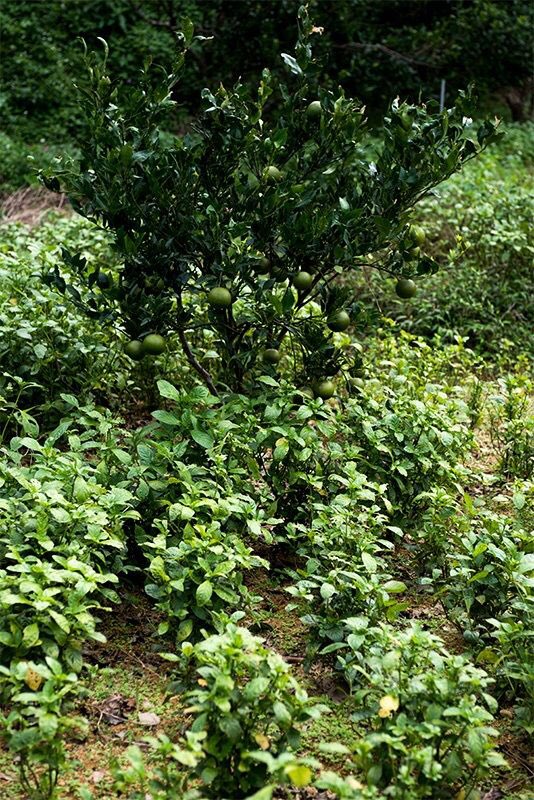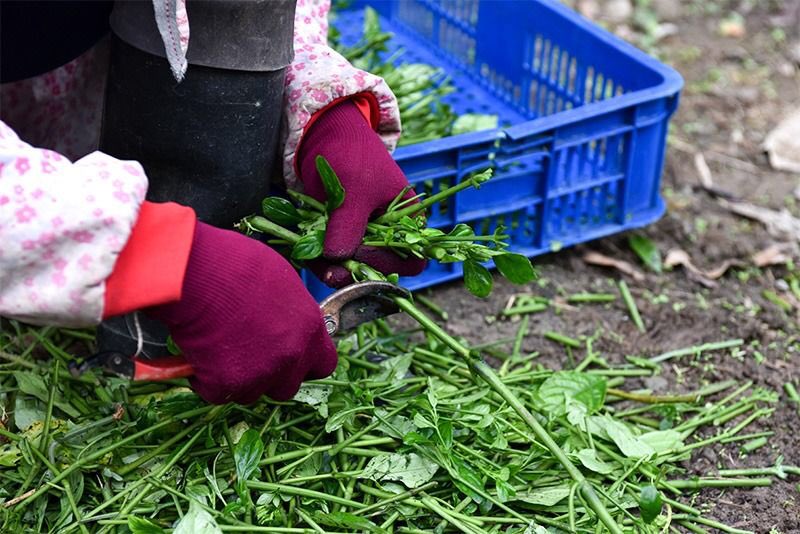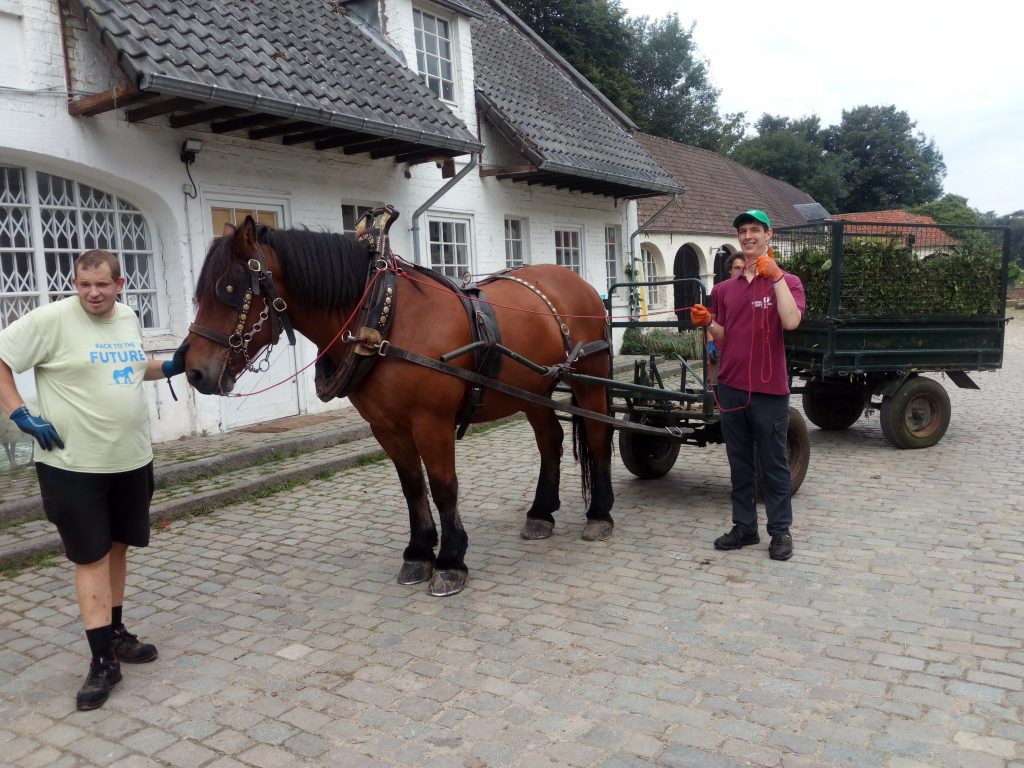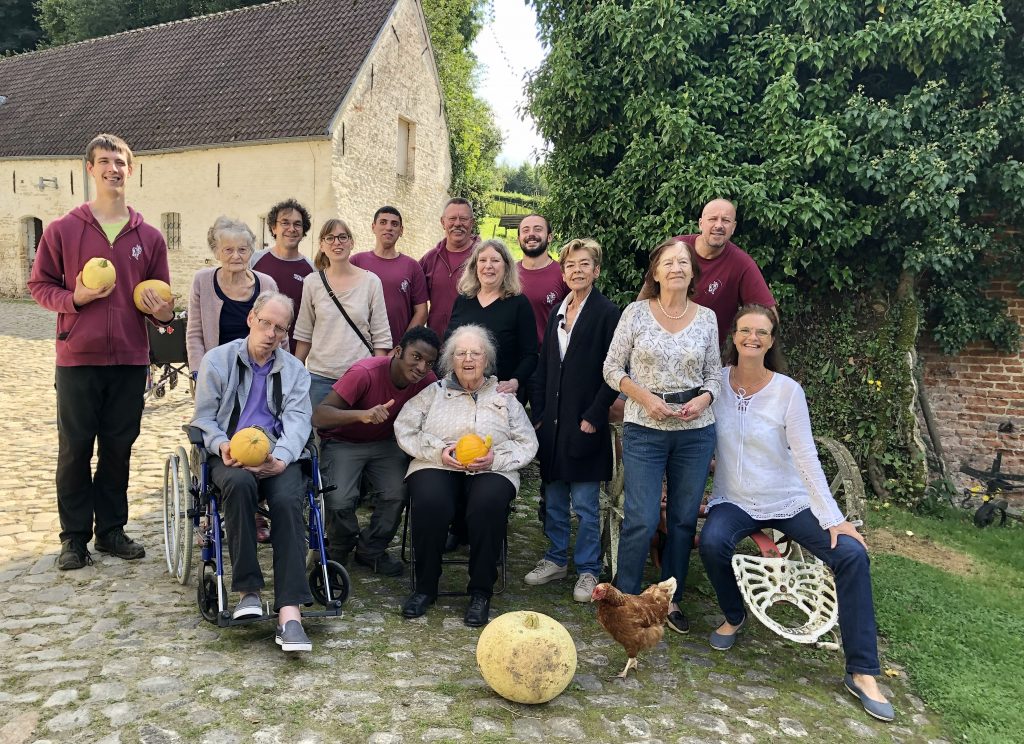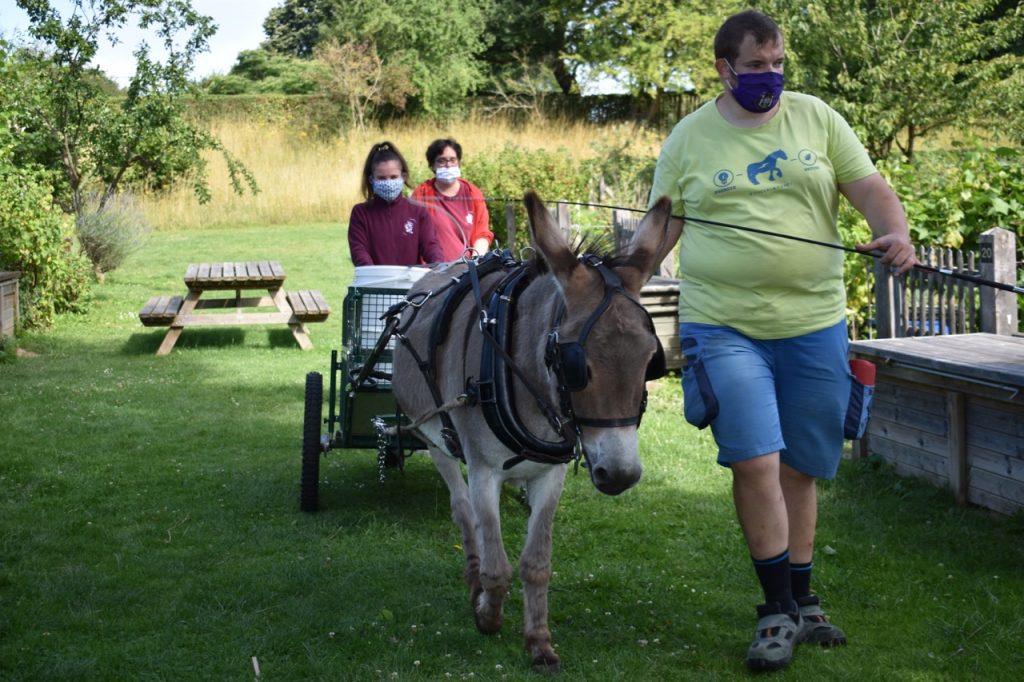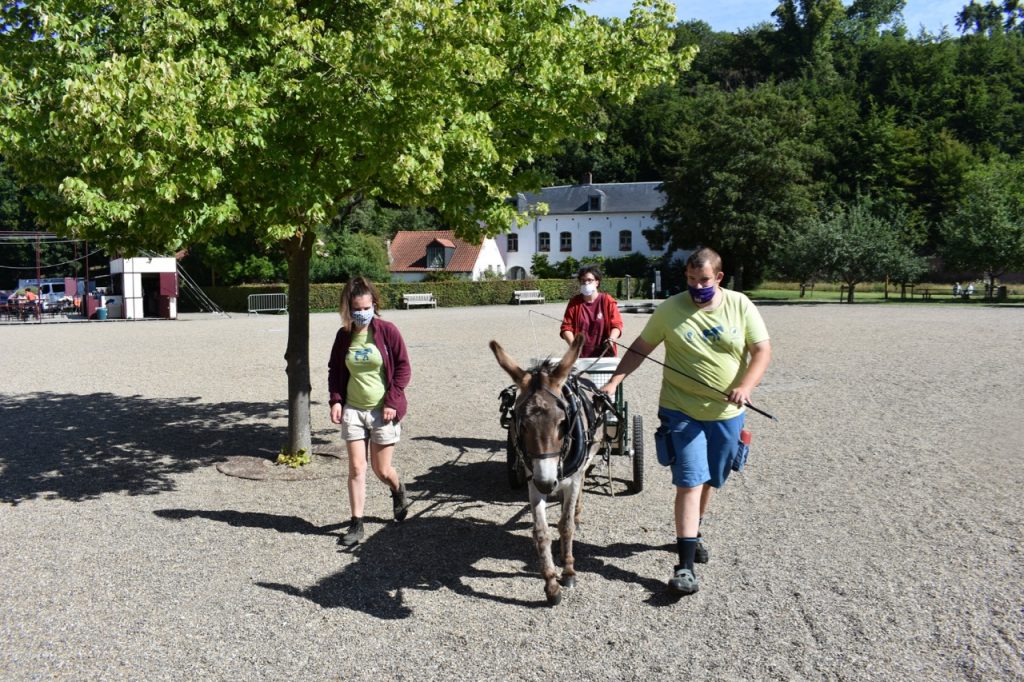
Went to look at a possible source of thatching materials. This stand was last harvested by a village about a century ago. Unfortunately the soil here is poor in minerals and having been left to grown wild for so long the material is of quite low quality: not worth the effort. 

There used to be a village here, growing rice and herbs and vegetables and foraging for food and materials in the mountains. Today all that remains are some old stone foundations and pieces of pottery. This piece comes from a tea cup ca. 17th-19th century. Unearthed by moles. 

Another sign of the village that once were: there was a stand of windmill palms nearby. These trees were used to make the rope that thatchers and carpenters needed to build the mostly round timber roofs. Quick and easy the rope lasts for centuries and can be composted at the end. 



These ropes were also used by plasterers to tie the bamboo lathe used in making walls, both exterior and interior.
https://twitter.com/wrathofgnon/status/1408778724602834947
• • •
Missing some Tweet in this thread? You can try to
force a refresh





